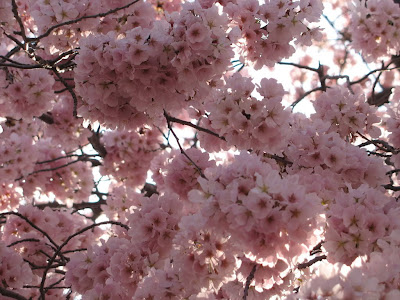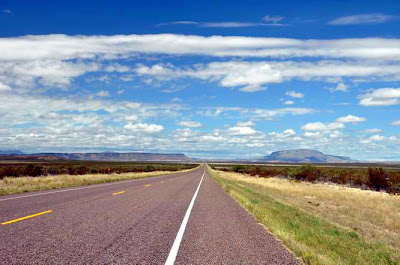 The funny thing about Italian wine, or wine, or life, is that once you think you get a handle on it, it changes. What was right twenty years ago is now out of favor. What was once thought to be old fashioned and hopelessly obsolete, is now all the rage. The notion of fashion is a fluid thing, but the idea of feral cannot be faked. Or can it?
The funny thing about Italian wine, or wine, or life, is that once you think you get a handle on it, it changes. What was right twenty years ago is now out of favor. What was once thought to be old fashioned and hopelessly obsolete, is now all the rage. The notion of fashion is a fluid thing, but the idea of feral cannot be faked. Or can it?Part of the problem is there is so much transparency in this age of the steroid-ification of information. Add to that the sheer volume of information the average soul is bombarded with, and it is easy to see why things get turned around.
 Take the notion of what is natural. I have probably beaten this horse to death. But every time I talk to another person, I get from them their sense of how they perceive natural. At this point I am thoroughly confused. I talk to a baker and he tells me he uses 100% organically farmed wheat. But I discover the wheat has been genetically modified.
Take the notion of what is natural. I have probably beaten this horse to death. But every time I talk to another person, I get from them their sense of how they perceive natural. At this point I am thoroughly confused. I talk to a baker and he tells me he uses 100% organically farmed wheat. But I discover the wheat has been genetically modified.I talk to a winegrower and he tells me he is using 100% indigenous yeasts, but that they keep the “formula” in a safe deposit box in Switzerland.
Do you go out to eat? If you do, you have already been subjected to GMO crops at least once in your life.
 When I get too much of this I go to my inner Calabria. In the hills above Cosenza there is a place I go to reconnect with what is wild and real to me. The wine isn’t always great, but it’s real. The place isn’t always easy to arrive at, but it is imprinted upon my soul. I’m not even sure it exists where I first found it,. But it is stored in the heart now and that is a place that cannot be violated unless memory fails.
When I get too much of this I go to my inner Calabria. In the hills above Cosenza there is a place I go to reconnect with what is wild and real to me. The wine isn’t always great, but it’s real. The place isn’t always easy to arrive at, but it is imprinted upon my soul. I’m not even sure it exists where I first found it,. But it is stored in the heart now and that is a place that cannot be violated unless memory fails.In all of Italy, Calabria is my starting point. Yes I am crazy about Sicily and Piedmont and Tuscany. Those are now easy places for me. Calabria is a challenge, like going to Nepal or Africa. Because Calabria represents to me where the wild things are that haven’t been reduced to a formula or a brand.
 “But, sir, you are over romanticizing Calabria. It is wild. And savage. And cruel. And unfair.” So goes the inner voice. And yes, I know. I know. But where, really, in the world is anything balanced? In Washington? In La Jolla? In New York? In Beaune? This is a little tiny planet streaming at breakneck speed in the pack of the Milky Way with our nearest galaxy heading at us at some unbelievable speed. We are ultimately heading towards transformation. There is no single point at which any of us can arrive and hope to stay. And likewise with wine. The nature of wine is this. Always moving towards the next transformative moment. Two bottles opened recently from the same box. Old Hermitage from 1985. Both bottles slightly different. Both arrived and slept together in the same room for almost 20 years. Same corks, same bottles, But both of them had their unique stamp. Not terribly different. But different nonetheless.
“But, sir, you are over romanticizing Calabria. It is wild. And savage. And cruel. And unfair.” So goes the inner voice. And yes, I know. I know. But where, really, in the world is anything balanced? In Washington? In La Jolla? In New York? In Beaune? This is a little tiny planet streaming at breakneck speed in the pack of the Milky Way with our nearest galaxy heading at us at some unbelievable speed. We are ultimately heading towards transformation. There is no single point at which any of us can arrive and hope to stay. And likewise with wine. The nature of wine is this. Always moving towards the next transformative moment. Two bottles opened recently from the same box. Old Hermitage from 1985. Both bottles slightly different. Both arrived and slept together in the same room for almost 20 years. Same corks, same bottles, But both of them had their unique stamp. Not terribly different. But different nonetheless. So when we search for the wild things or the real things or the things that we think will make our lives more happy or complete…to know that it is at best an exercise comparable to trying to catch light which is moving at 3 million meters per second while we hurdle towards Andromeda at about 568,000mph. Something to think about but really impossible to hold on to.
So when we search for the wild things or the real things or the things that we think will make our lives more happy or complete…to know that it is at best an exercise comparable to trying to catch light which is moving at 3 million meters per second while we hurdle towards Andromeda at about 568,000mph. Something to think about but really impossible to hold on to.What can't be faked? Simple. Find your wine. Open it. Among friends or family. Savor it. Enjoy it. Soak it all in. Repeat as needed.











































 There they were, waiting for me as I landed in Dallas from La Guardia, the good ‘ol boys. I had just come back on a flight with a guy from Midland, born and raised in the dusty desolate town that's had its share of desperados.
There they were, waiting for me as I landed in Dallas from La Guardia, the good ‘ol boys. I had just come back on a flight with a guy from Midland, born and raised in the dusty desolate town that's had its share of desperados.



